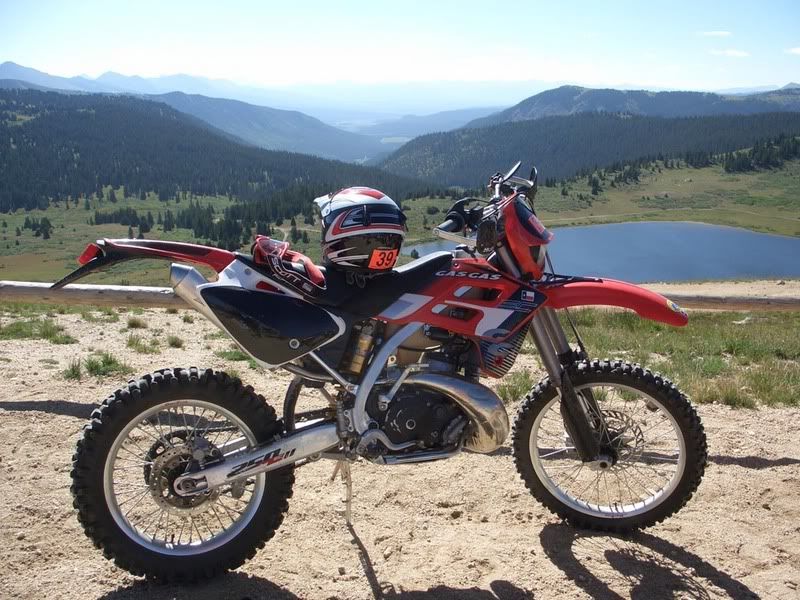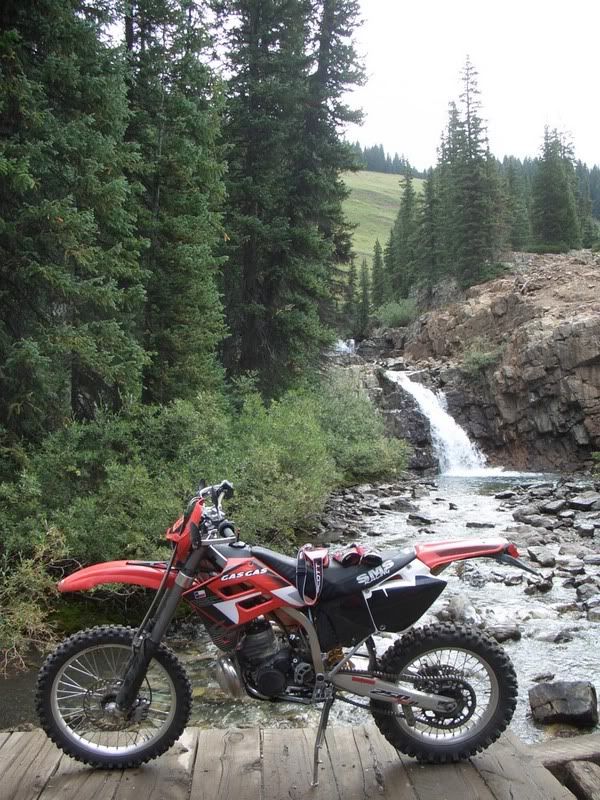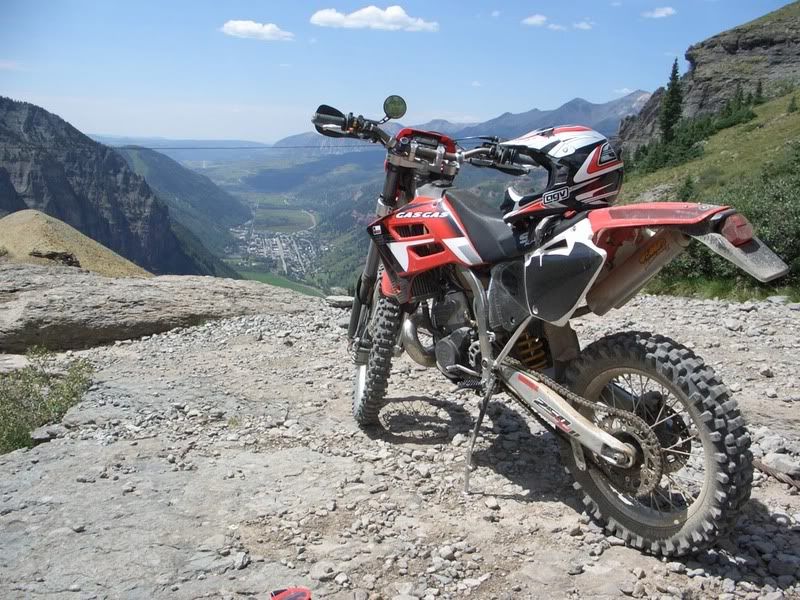sanderjavant
New member
I’m preparing my new to me 2003 EC250 for the Colorado 500 and want to be in the ballpark for jetting.
It has a 178 main in it and starts and runs well, I’ve only started it 3 times and ridden down the street twice. I would like to be close when I get there since I won’t have much time to get it dial in when I get there.
I’ll thinking about starting with a 170. Any suggestions?
As far as altitude-My buddy says:
We spend more time at 9,000 or 10,000 than at 7,000.
Taylor Pass, 12,330;
Cinnamon, 12,620;
Engineer, 12,800;
Black Bear, 12,840;
Stony, 12,588;
Hurricane, 12,407;
Corkscrew, 12217;
Gunsight, 12090 (not sure if it is open any more);
Ohio, 10093 (about the lowest we'll see.)
It has a 178 main in it and starts and runs well, I’ve only started it 3 times and ridden down the street twice. I would like to be close when I get there since I won’t have much time to get it dial in when I get there.
I’ll thinking about starting with a 170. Any suggestions?
As far as altitude-My buddy says:
We spend more time at 9,000 or 10,000 than at 7,000.
Taylor Pass, 12,330;
Cinnamon, 12,620;
Engineer, 12,800;
Black Bear, 12,840;
Stony, 12,588;
Hurricane, 12,407;
Corkscrew, 12217;
Gunsight, 12090 (not sure if it is open any more);
Ohio, 10093 (about the lowest we'll see.)
Last edited:



